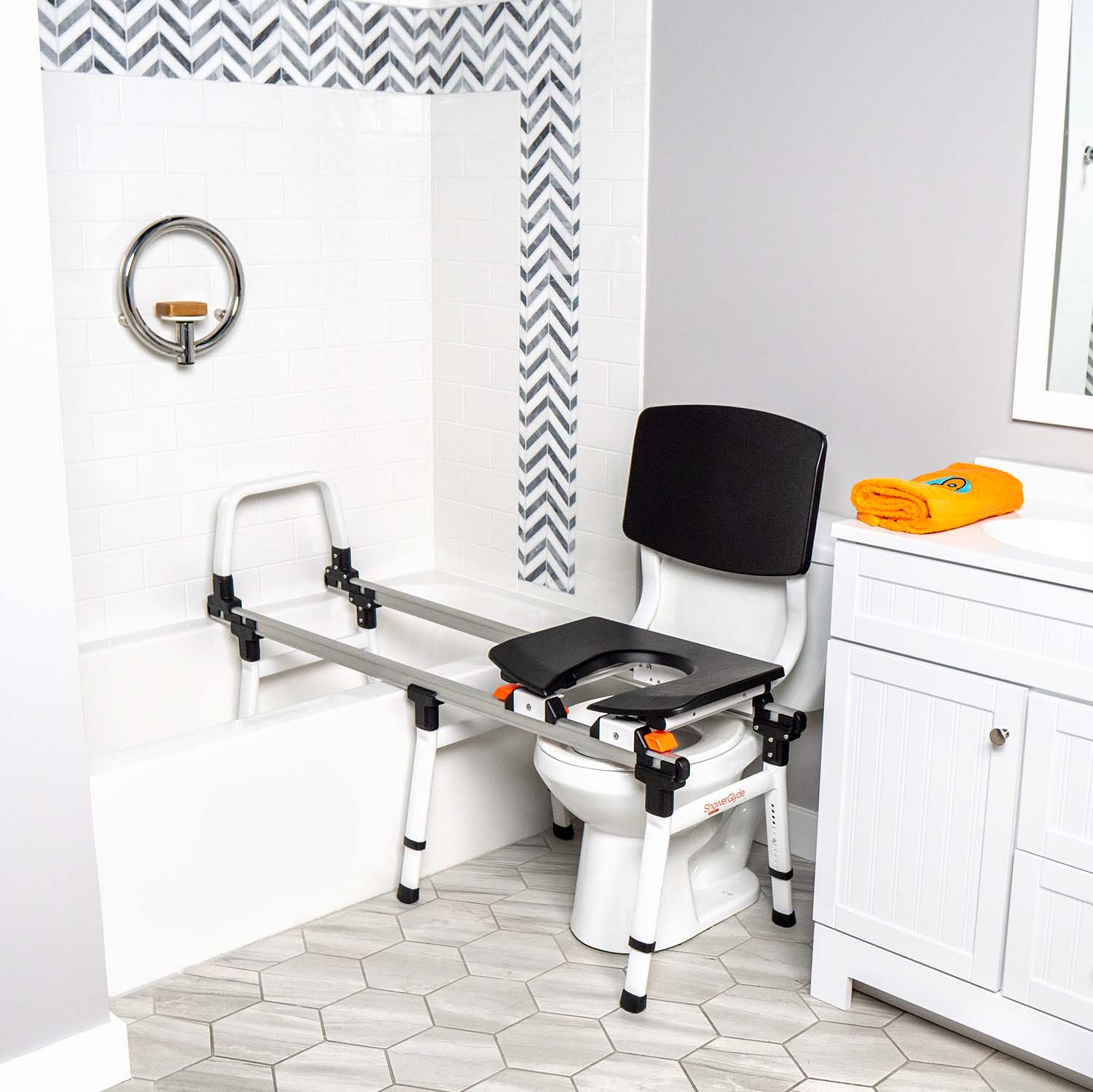This March we celebrate the 34th anniversary of the “Capitol Crawl: Access for All” protest.
The “Capitol Crawl” was a powerful and remarkable event in disability rights history, a watershed moment that resonates with the enduring struggle for accessibility and equality. This demonstration, which took place on March 12, 1990, in Washington, D.C., attended by thousands saw activists abandoning their wheelchairs and mobility aids to literally crawl up the steep 83 steps of the U.S. Capitol Building, with one of the youngest crawlers being only 8 years old.
This moving demonstration showed how inaccessibility deeply affected those with disabilities. The message was clear: the lack of accessibility was more than just an inconvenience; it was an affront to human dignity and human rights.
At the heart of the Capitol Crawl was the urgent need for the Americans with Disabilities Act (ADA) to be passed. This civil rights law prohibits discrimination against individuals with disabilities in all areas of public life. The Capitol, the very seat of American democracy, stood as a glaring symbol of exclusion; its imposing stairs barred entry for those whose only “crime” was having a physical disability. By crawling up those steps, the activists were not just making a physical journey but symbolically ascending to demand inclusion, dignity, and equal rights.
It was more than asking for a wheelchair ramp. It was a demand for the same basic rights that able-bodied people take for granted. Rights such as having access to public transportation, not being fired because you used a wheelchair, and not being turned away from a restaurant because they refused to serve those with disabilities. The Capitol Crawl was not just a moment of protest but a catalyst for change. It galvanized support for the ADA (Americans with Disabilities Act), which was signed into law later that same year. This landmark legislation transformed the landscape of accessibility in the United States, mandating ramps, elevators, and other accommodations that have since become integral parts of public infrastructure.
The Capitol Crawl continues to serve as a reminder of the power of activism and the importance of fighting for equal rights today. It stands as a testament to the resilience and determination of individuals who refuse to be defined by their disabilities and as a beacon of hope for a more inclusive and equitable future. The Capitol Crawl was not just a crawl up the steps of a building; it was a crawl toward justice, toward a society where everyone, regardless of ability, can participate fully and without barriers.
Visit ADAPT (American Disabled for Attendant Programs) to learn how you can participate in the continued fight for equity.




